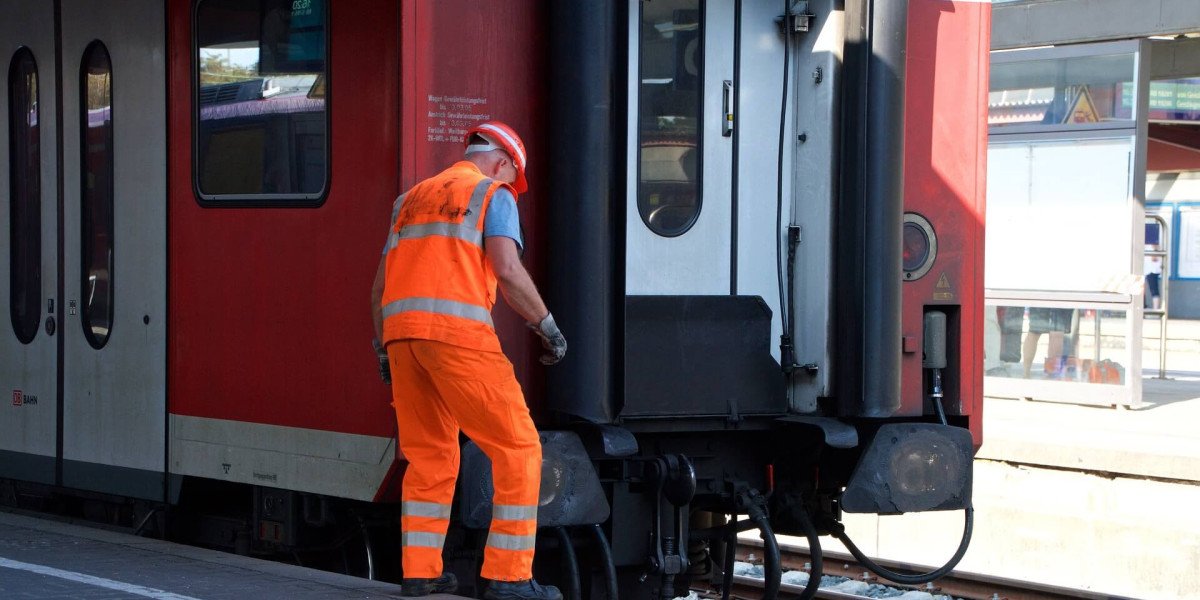In industrial lifting, safety and reliability are top priorities. Whether in construction, shipping, or manufacturing, having the right lifting equipment ensures that heavy loads are moved efficiently and securely. Among the most trusted lifting tools are heavyweight webbing slings, known for their strength, flexibility, and ability to handle massive loads with ease. These slings have become essential in heavy-duty operations across various industries.
What Are Heavyweight Webbing Slings
Heavyweight webbing slings are made from high-strength synthetic fibers, typically polyester or nylon. They are designed to lift and move large, heavy objects without causing damage to the load’s surface. Unlike chains or wire ropes, webbing slings are soft yet incredibly strong, offering both durability and protection during lifting operations.
Their woven design distributes weight evenly across the surface, reducing pressure points that could damage delicate or painted equipment. This makes them ideal for lifting machinery, construction materials, and even fragile industrial components that require extra care.
Key Features of Heavyweight Webbing Slings
1. High Load Capacity
These slings are engineered to handle extremely heavy loads. Depending on the width and ply of the webbing, they can lift several tons safely.
2. Flexibility and Versatility
The flexibility of webbing slings allows them to adjust to the shape of the load, making them suitable for objects with irregular or rounded surfaces.
3. Lightweight and Easy to Handle
Compared to metal chains or wire ropes, heavyweight webbing slings are much lighter. This makes them easier to transport, handle, and store while maintaining exceptional lifting capacity.
4. Resistant to Corrosion and Rust
Since they are made from synthetic materials, these slings do not corrode or rust, making them perfect for use in environments exposed to moisture, chemicals, or harsh weather conditions.
5. Non-Conductive Properties
Their non-metallic nature provides an added layer of safety in electrical environments, reducing the risk of accidents caused by electric currents.
Applications of Heavyweight Webbing Slings
Heavyweight webbing slings are used across a wide range of industries, including:
Construction: For lifting beams, machinery, and building materials.
Shipping and Logistics: For securing cargo and loading heavy goods.
Manufacturing: For moving large parts and assemblies during production.
Oil and Gas: For handling pipelines and drilling equipment.
Aerospace and Automotive: For precision lifting of engines, components, and tools.
These slings are available in various lengths, widths, and configurations, including flat webbing slings and round slings, to suit different lifting requirements.
How a Connecting Link Chain Enhances Lifting Systems
To ensure a complete and secure lifting setup, a connecting link chain is often used alongside webbing slings. The connecting link chain serves as the vital link between the sling and the lifting hook, ensuring that the load remains stable during operation. It allows for quick attachment and detachment while maintaining strength and security.
Using a reliable connecting link chain ensures better weight distribution and minimizes the risk of slippage. When combined with heavyweight webbing slings, it forms a robust system that enhances lifting safety and efficiency in demanding industrial environments.
Safety Tips for Using Heavyweight Webbing Slings
Inspect Before Use
Always check the sling for cuts, abrasions, or damage before lifting. Even minor wear can weaken the sling’s strength.Avoid Sharp Edges
When lifting objects with sharp corners, use protective sleeves or edge guards to prevent damage to the sling material.Follow Load Limits
Every sling has a rated capacity. Never exceed the manufacturer’s recommended working load limit.Use Proper Attachments
Combine the sling with certified components such as a connecting link chain or lifting hook to ensure secure and balanced lifting.Store Correctly
Keep slings clean and dry, away from direct sunlight or chemicals, to maintain their longevity and performance.
Benefits of Choosing Heavyweight Webbing Slings
Enhanced Safety: Reduced risk of load damage and worker injury.
Cost-Effective: Longer lifespan and low maintenance costs.
Adaptable: Suitable for multiple lifting environments and load types.
Eco-Friendly: Synthetic materials can often be recycled, reducing environmental impact.
Conclusion
Heavyweight webbing slings are an indispensable part of modern lifting operations. Their superior strength, flexibility, and safety make them ideal for industries that handle heavy materials daily. When paired with the right accessories, such as a connecting link chain, they create a powerful and efficient lifting solution that minimizes risk and maximizes productivity.
Investing in quality heavyweight webbing slings ensures not just reliable performance but also peace of mind—knowing that every lift is done safely, securely, and efficiently.







